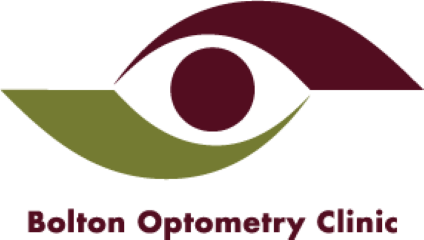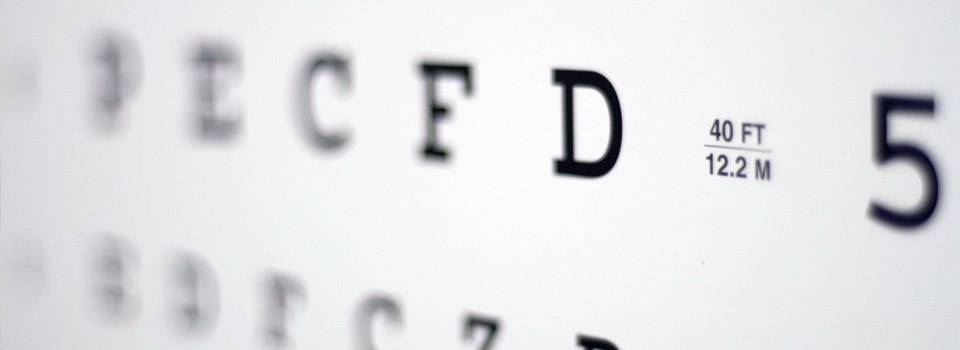Did you know that most retinal disorders don’t show any symptoms until they have caused at least some vision loss?
The optomap retinal exam is easy for the patient, takes only a few minutes to perform, and the results are immediately available to review right in the exam room. It can detect not only retinal diseases but may even reveal some signs of underlying health problems like stroke, heart disease, hypertension, and diabetes.
What Is An Optomap Retinal Exam?
An optomap retinal exam captures more than 80% of your retina in one panoramic image, often without the need to dilate a patient’s pupils. This unique technology is non-invasive. In fact, it never touches your eye.
How Does Optomap Work?
It’s similar to taking a photo in a photobooth. Your eye doctor will place you so you are looking at a ball in the middle of a circle, and take an image of your retina in less than a second.
Benefits of Optomap
There are many benefits of the optomap retinal exam, especially for patients who are reluctant or unable to have their pupils dilated (The optomap can usually be performed without dilating the pupils). The optomap exam captures an image with a brief flash that even those who are sensitive to light find manageable, and the panoramic view allows your eye doctor to examine the retina without any discomfort, allowing for a more comfortable retinal exam.
An additional benefit: unlike traditional non-digital retinal exams, the optomap image can be saved and then used to compare to future digital images to accurately detect any changes in your retinal health.
The optomap is suitable for all patients, including children. Contact Bolton Optometry Clinic to find out more about the benefits of optomap retinal exams.




